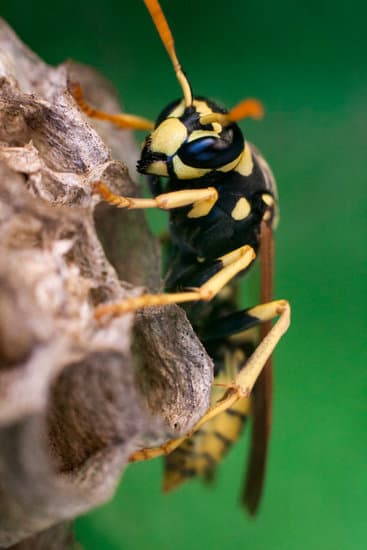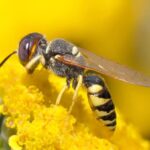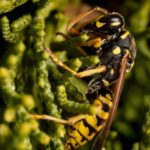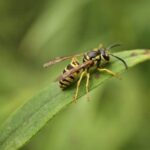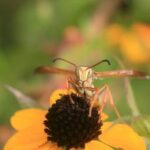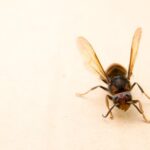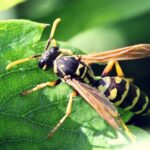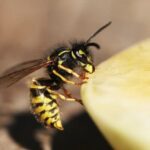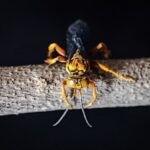How Can Wasps Nest in Grass?
Grass-carrying wasps are a member of the thread-waisted wasp family. They are a gentle, solitary wasp, and they do not sting humans or other animals. These wasps live in North America. They belong to the family Isodontia and are attracted to many native flowering plants.
When a female grass-carrying wasp is ready to lay eggs, she will begin gathering grass blades and other nesting materials. Once she has gathered enough, she will lay eggs in a cavity. The cavity may be a hole in a wood or a tube made from grass. The grass blades will be used to make the divisions in the cavity.
The wasp larvae grow inside the cavity and form silken cocoons. The cocoons are cream colored and have a yellowish-white striped pattern. Once the larvae mature, they spin papery cocoons. The nest may have multiple entrances, allowing wasps to enter and leave the colony.
Wasps are also attracted to garbage. You should not leave meat or food waste lying around your yard.
When you are hosting summer barbecues, it is important to not leave the meat and food trash in your yard. If you do, you may find yourself in the middle of a wasp attack. You should seek shelter inside if you are allergic to the stings.
If you notice a wasp nest, you should call a professional pest exterminator. It is safer to approach a wasp nest at night. You can also use insecticidal dust to treat a wasp nest. You should also make sure the openings leading to the interior cavity are sealed.
